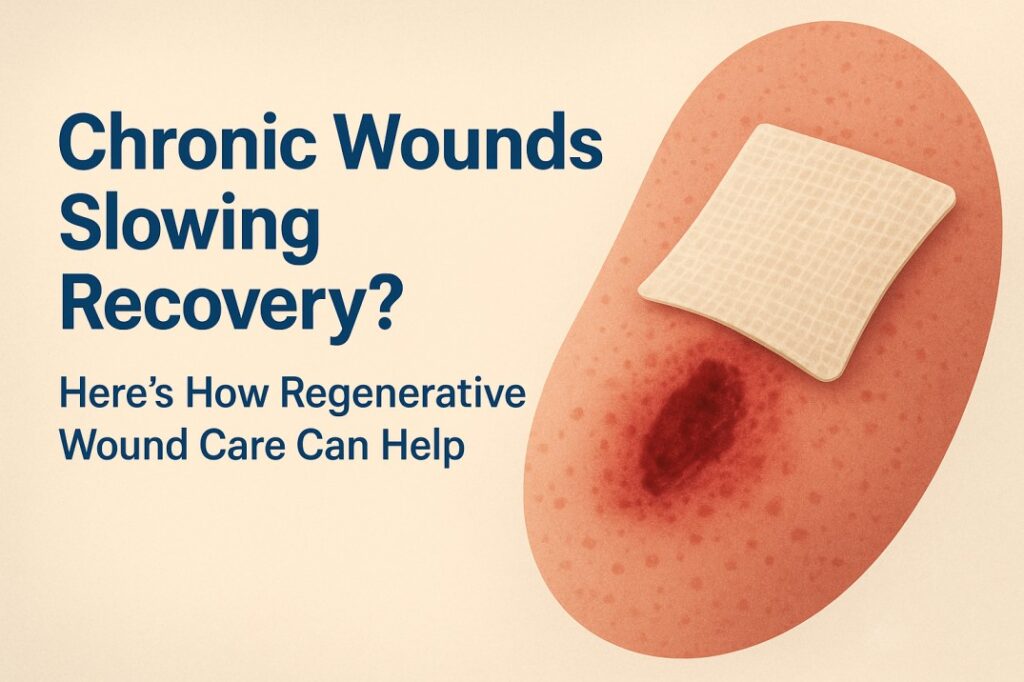Introduction
Pain is an inevitable part of life, but when it becomes chronic or severe, it can significantly impact daily activities, work, and overall well-being. Millions of people suffer from moderate to severe pain due to various conditions, including injuries, surgeries, nerve damage, arthritis, and other chronic illnesses.
Traditional pain management methods, such as over-the-counter medications, prescription drugs, and physical therapy, have long been used to alleviate discomfort. However, the risks associated with long-term medication use, including addiction and side effects, have led to the development of innovative approaches that offer more effective and safer alternatives.
In this guide, we will explore the latest advancements in pain management, including medical interventions, technology-driven solutions, holistic therapies, and lifestyle changes that can help individuals manage their pain more effectively.
Understanding Moderate to Severe Pain
Moderate to severe pain is often caused by underlying health conditions or injuries that lead to chronic discomfort. Some common causes include:
- Arthritis and joint disorders – Inflammation and wear-and-tear on joints can cause persistent pain.
- Neuropathic pain – Nerve damage or dysfunction can lead to sharp, burning, or tingling sensations.
- Post-surgical pain – Recovery from surgery can involve intense pain that lasts for weeks or even months.
- Back and musculoskeletal injuries – Herniated discs, fractures, and muscle strain can lead to severe pain.
- Cancer-related pain – Tumors pressing on nerves and chemotherapy side effects can contribute to chronic pain.
Impact of Pain on Daily Life
Chronic pain can affect:
- Mental health – Increased risk of anxiety and depression.
- Mobility and physical function – Reduced ability to perform daily activities.
- Sleep quality – Disrupted sleep patterns, leading to fatigue.
- Work and social interactions – Decreased productivity and social withdrawal.
Since chronic pain affects both physical and emotional well-being, it requires a comprehensive approach to treatment.
Traditional Pain Management Methods
Over-the-Counter (OTC) Medications
- Acetaminophen (Tylenol) – Relieves mild pain but lacks anti-inflammatory properties.
- NSAIDs (Ibuprofen, Aspirin, Naproxen) – Reduce pain and inflammation but may cause gastrointestinal issues.
Prescription Painkillers
- Opioids (Oxycodone, Morphine) – Effective but carry risks of dependence and addiction.
- Muscle relaxants – Help with muscle-related pain and spasms.
- Aspadol 50mg (Tapentadol) – A centrally acting analgesic that provides relief from moderate to severe pain. Unlike traditional opioids, Aspadol 50mg works by modifying pain signals in the brain, making it effective for conditions like neuropathic pain and post-surgical discomfort.
Physical Therapy
- Exercise programs – Improve mobility and strengthen muscles.
- Manual therapy – Techniques like massage and joint manipulation help alleviate pain.
While traditional methods provide relief, they often come with limitations, making newer approaches increasingly popular.
Innovative Pharmacological Treatments
Non-Opioid Medications
- Anticonvulsants (Gabapentin, Pregabalin) – Effective for nerve pain.
- Topical analgesics (Lidocaine patches, Capsaicin cream) – Reduce localized pain without systemic side effects.
Cannabinoids for Pain Relief
- CBD and medical marijuana – Help manage pain and inflammation with fewer side effects than opioids.
Personalized Medicine
- Genetic testing helps determine the best medications for individual patients, minimizing trial-and-error in treatment.
Advanced Medical Interventions
Nerve Blocks and Injections
- Epidural steroid injections – Reduce inflammation in spinal nerves.
- Peripheral nerve blocks – Interrupt pain signals before they reach the brain.
Spinal Cord Stimulation
- Implanted devices send electrical impulses to the spinal cord to reduce pain perception.
Regenerative Medicine
- Stem cell therapy – Encourages tissue regeneration for conditions like osteoarthritis.
- Platelet-rich plasma (PRP) injections – Promote healing in injured tissues.
Technology-Based Pain Management
Wearable Pain Relief Devices
- TENS units (Transcutaneous Electrical Nerve Stimulation) – Deliver electrical pulses to block pain signals.
Virtual Reality (VR) Therapy
- Immersive VR experiences help distract the brain from chronic pain, reducing its perceived intensity.
Neuromodulation Techniques
- Non-invasive brain stimulation alters nerve activity to minimize pain perception.
Alternative and Holistic Approaches
Acupuncture and Dry Needling
- Stimulates specific points to release endorphins and reduce pain.
Herbal and Natural Remedies
- Turmeric (Curcumin) – Has anti-inflammatory properties.
- Magnesium supplements – Help with muscle relaxation and nerve pain.
Mindfulness and Meditation
- Techniques like guided meditation and deep breathing reduce stress-related pain.
Physical and Lifestyle-Based Strategies
Exercise and Movement Therapy
- Yoga and Pilates – Improve flexibility and reduce tension.
- Low-impact exercises (Swimming, Walking) – Enhance mobility without exacerbating pain.
Diet and Nutrition for Pain Reduction
- Anti-inflammatory foods – Fatty fish, berries, leafy greens help combat chronic inflammation.
Sleep Optimization
- Maintaining a consistent sleep routine can help reduce pain sensitivity.
Psychological Approaches to Pain Management
Cognitive Behavioral Therapy (CBT)
- Helps reframe negative thoughts about pain, reducing its emotional impact.
Biofeedback and Neurofeedback
- Teaches control over bodily responses to pain, improving resilience.
Hypnosis and Guided Imagery
- Alters pain perception by engaging the subconscious mind.
Future of Pain Management
Emerging Treatments in Pain Science
- AI-assisted diagnostics – Helps tailor pain management strategies.
- New drug formulations – Focus on reducing side effects while maintaining effectiveness.
Potential Role of AI in Pain Assessment
- AI-driven tools analyze patient data to recommend personalized treatments.
Conclusion
Managing moderate to severe pain requires a combination of traditional and innovative approaches. While medications like Aspadol 50mg and physical therapy remain essential, emerging treatments such as regenerative medicine, virtual reality, and neuromodulation provide promising alternatives.
Ultimately, a personalized and multidisciplinary approach is the best way to achieve long-term pain relief and improve quality of life.
FAQs
1. What are the risks of long-term pain medication use?
Long-term use of pain medications, especially opioids, can lead to addiction, tolerance, and organ damage. Safer alternatives should be explored whenever possible.
2. Can diet really help manage chronic pain?
Yes, consuming anti-inflammatory foods like fatty fish, berries, and turmeric can help reduce pain levels.
3. Are alternative therapies as effective as medical treatments?
While alternative treatments like acupuncture and meditation can be beneficial, they work best when combined with medical interventions.
4. How does virtual reality help with pain?
VR distracts the brain from pain signals, helping reduce the perception of pain.
5. What’s the most promising future pain treatment?
AI-driven personalized medicine and regenerative therapies, such as stem cell treatments, hold great potential for the future of pain management.









